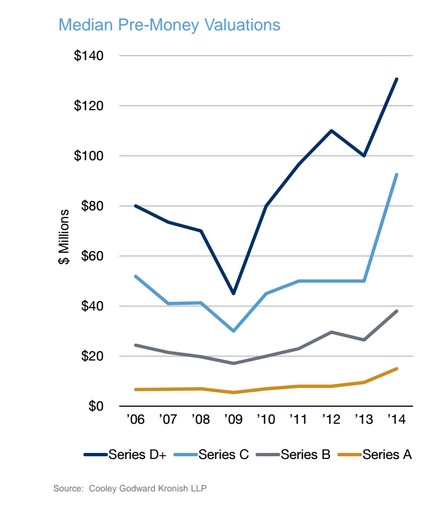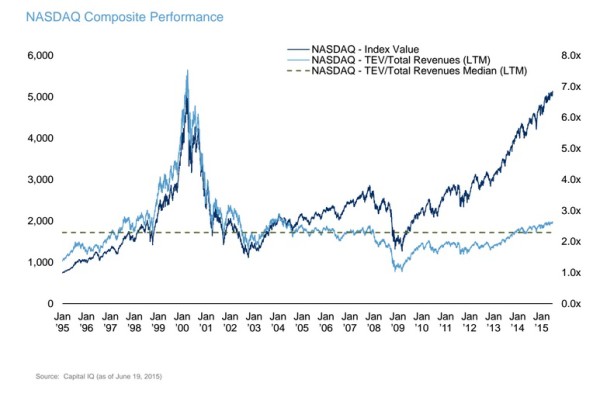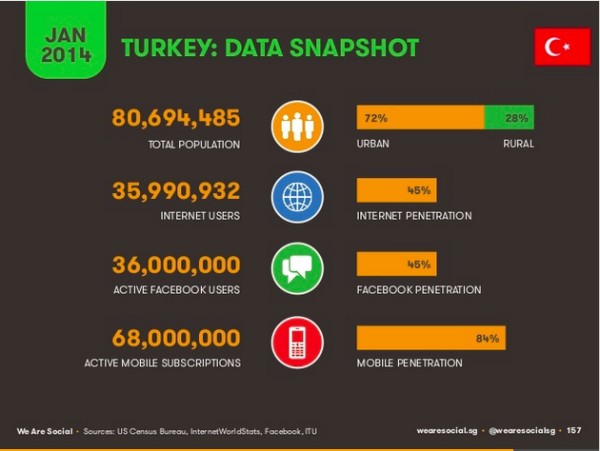One of the things that entrepreneurs, founders, and CEOs obsess over is holding onto their team. When I propose some sort of difficult decision to a CEO, I am often met with the response “the team will freak out and we will lose them.” And I understand where this emotion comes from. You spend so much of your time recruiting, training, and managing a team and getting them into a place where they can execute for you and you can’t imagine having some of all of them walk out the door. Neither can I to be honest.
But teams come in all flavors. There are highly loyal teams that can withstand almost anything and remain steadfastly behind their leader. And there are teams that are entirely mercenary and will walk out without thinking twice about it. I once saw an entire team walk out on a founder. That company survived it, remarkably.
I’ve been thinking a lot about the factors that go into determining whether your team skews loyalist vs mercenary and what you might be able to do about it. Here are some of the most important factors:
1) Leadership. At the end of the day, people are loyal to a leader they believe in. Leading is not managing. Although it is impossible to lead if there is no management. But leading is that special thing. It is charisma, it is strength, it is communication, it is vision, it is listening, it is being there, it is calm, it is connecting, it is trust, faith, and belief. The best founders are great leaders. They may be shitty managers which means they need to find managers to help them. But they are great leaders. One of the things we look for in founders is leadership. If we want to follow them, we believe that others will too.
2) Mission. People are loyal to a mission. I’ve seen super talented people walk away from compensation packages 2-3x what they currently make because they believe in what they are working on and think it will make a difference in their lives and the lives of others. This is why investing in mission driven companies can produce great financial returns. Mission driven companies have something most companies don’t have. They have “why” that keeps the team together through difficult times and when the compensation isn’t close to “market”.
3) Values and Culture. My friend Matt wrote a post about Values and Culture the other day. I read it and responded “values are the house and culture is the furniture”. He thought that was about right. People want to work in a place that feels right to them. They need to feel comfortable at work. In the way that a welcoming home with comfortable furniture is pleasant to be in, a company with good values and culture is pleasant to work in.
4) Location. I spent the past week in europe. In Berlin, Paris, Istanbul, Vienna, and Ljubljana. These are very different talent markets that the bay area or NYC. In the Bay Area and NYC, your employees are constantly getting hammered to leave for more cash, more equity, more upside, more responsibility, and eventually it leads to them becoming mercenaries. It is incredibly hard to hold onto a team in the Bay Area and NYC. If you are building your company in Ljubljana, Waterloo, Des Moines, Pittsburgh, Detroit, or Indianapolis, you have a way better chance of building a company full of loyalists than if you are building it in the Bay Area or NYC.
If you mess up any of these dynamics, you can easily turn your team from loyalists to mercenaries. Changing leadership is the most common one. Almost every time I have seen a founder leave and be replaced by a new CEO, I have witnessed a significant exodus of talent from the company. It is better if the new CEO comes from within, but even then I have witnessed a significant exodus of talent. When the CEO comes in from the outside, it is almost always much worse.
If you move your team from Philadelphia to NYC or from Des Moines to the Bay Area, expect more turnover. Expect to turn loyalists into mercenaries. These talent starved locations create mercenaries. It’s the nature of the beast.
So what can you do to build a company full of loyalists instead of a company full of mercenaries? First you must lead. If you think you are a good leader, get better. If you think you are a great leader, you can get better. Get coaching and focus on becoming the best leader you can be.
Second, build a mission driven company. Make sure you are doing something that matters. If all you are doing is trying to make money for yourself, then all your employees will try to do is make money for themselves.
Third, invest in values and culture. Matt’s post is a good starting place for some tips on how to do that. Build a welcoming home and put comfortable furniture in it. I mean that metaphorically of course. But the office does matter too.
Finally, think about being somewhere other than the Bay Area or NYC. Yes, they are great places to start companies, find talent, and get investment. But they are also places where others start companies, get investment, and find your talent. It’s a ratrace, a treadmill, and it’s grueling. If you can avoid it, you owe it to yourself to try.
There are many reasons why the startup sector feels stretched to me. But possibly the most significant one of all is the increasing amount of mercenary behavior I am witnessing in it these days. Hopefully this post will help you avoid that as much as possible. It’s hard these days.







